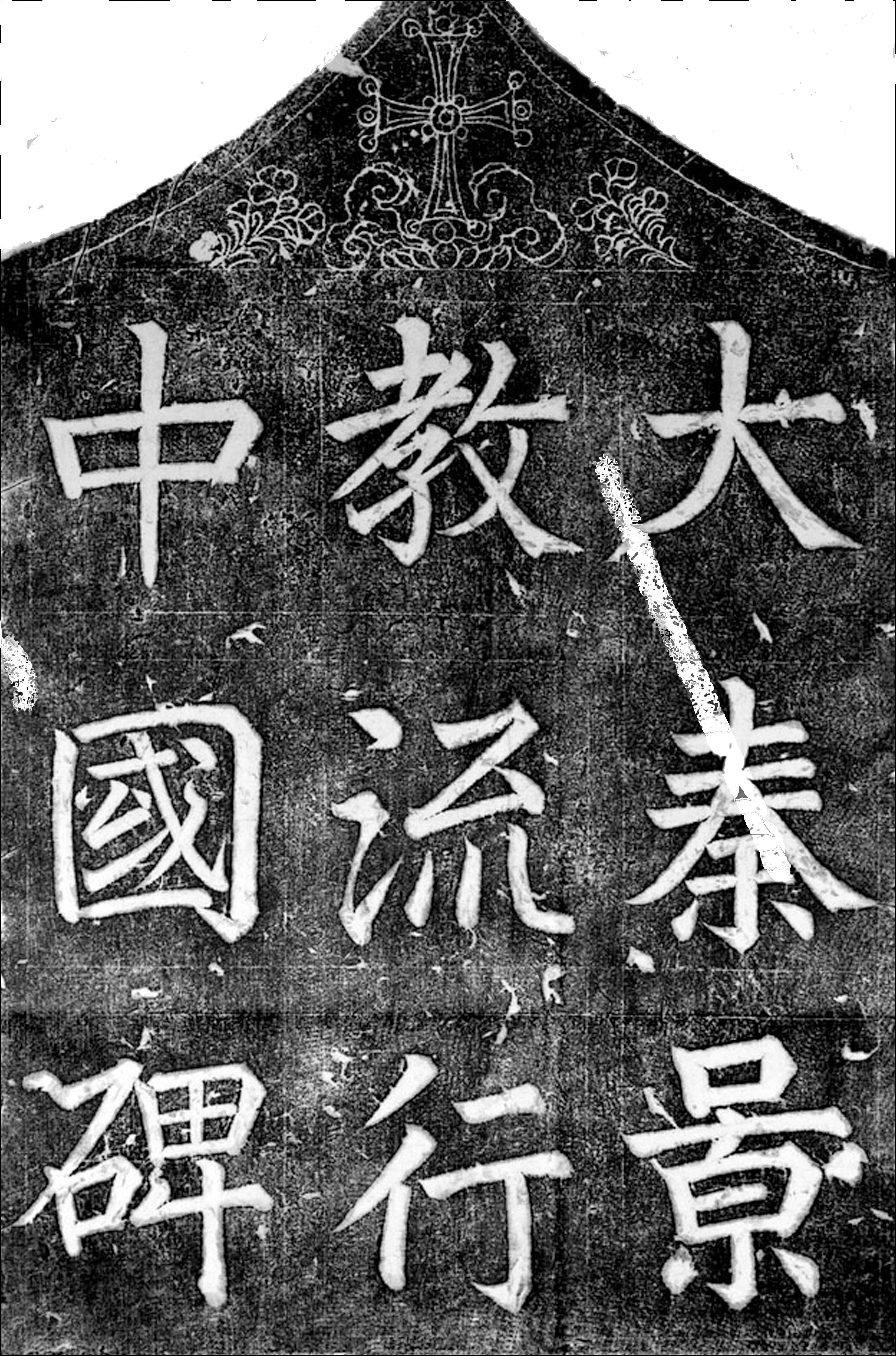The monument was erected in AD 781 to commemorate the first coming of Christianity to China in the year AD 635. Arriving through the 5,000-mile Silk Road that linked ancient Antioch and metropolitan Changan (today Xi'an), the first Christians were essentially traders from Persia belonging to the Church of the East.
Nestorius was patriarch of Constantinople (AD 428). He refused to use the term “God-bearer” or Mother of God as a reference to the Virgin Mary. He preferred the term “Christ-bearer”. However, “God-bearer” had a long acceptance in Alexandria.1 What really aroused the opposition of Cyril of Alexandria was Nestorius’ explanation: if Jesus was dominated by his divinity, then He would not have a genuine human experience. Christ had two natures side by side. The indwelling deity was voluntary and not truly in unity (hypostatic) with the human. The indwelling was like the way God indwells saints. This is not the usual way Christians understand the unity of the two natures in Christ.
Cyril countered by saying that the Logos (“word” John 1:1) was unchanged. If anything, the human nature must be seen as an addition to the Logos. Christ had two natures—a complete human soul as well as Logos, yet he is “one out of two” in hypostatic union. “The body was the body of the Logos, not of some man.”2

China: Main inscription of the Nestorian Stele of Xi'an, 'Stele to the propagation in China of the luminous religion of Daqin', AD 781
(中国:西安景教碑的主要铭文,“大秦光明宗教在中国传播碑”,公元781年)
这座纪念碑建于公元781年,以纪念公元635年基督教首次来到中国。第一批基督徒通过连接古代安提阿和大都市长安(今天的西安)的5000英里丝绸之路来到中国,他们基本上是来自波斯的商人,属于东方教会。
Nestorius 是君士坦丁堡的族长(公元 428 年)。 他拒绝使用“上帝的孕育者”或上帝之母来指代圣母玛利亚。 他更喜欢“基督的孕育者”这个词。 然而,“上帝的孕育者”在亚历山大港很早就被接受了。 真正引起亚历山大的西里尔反对的是聂斯托利的解释:如果耶稣被他的神性所支配,那么他就不会拥有真正的人类经验。 基督同时具有两种本性。 内在的神性是自愿的,并没有真正与人性合一(hypostatic)。 内在就像圣灵内住圣徒一样。 这不是基督徒通常理解基督内在两种本性合一的方式。
西里尔反驳说,神的道(“词”约翰福音 1:1)没有改变。 如果有的话,人性必须被视为对神的道的补充。 基督有两种本性——一个完整的人性灵魂和神的道,但在实体结合中,他是“二合一”。 “身体是神的道的身体,而不是某个人类的身体。”